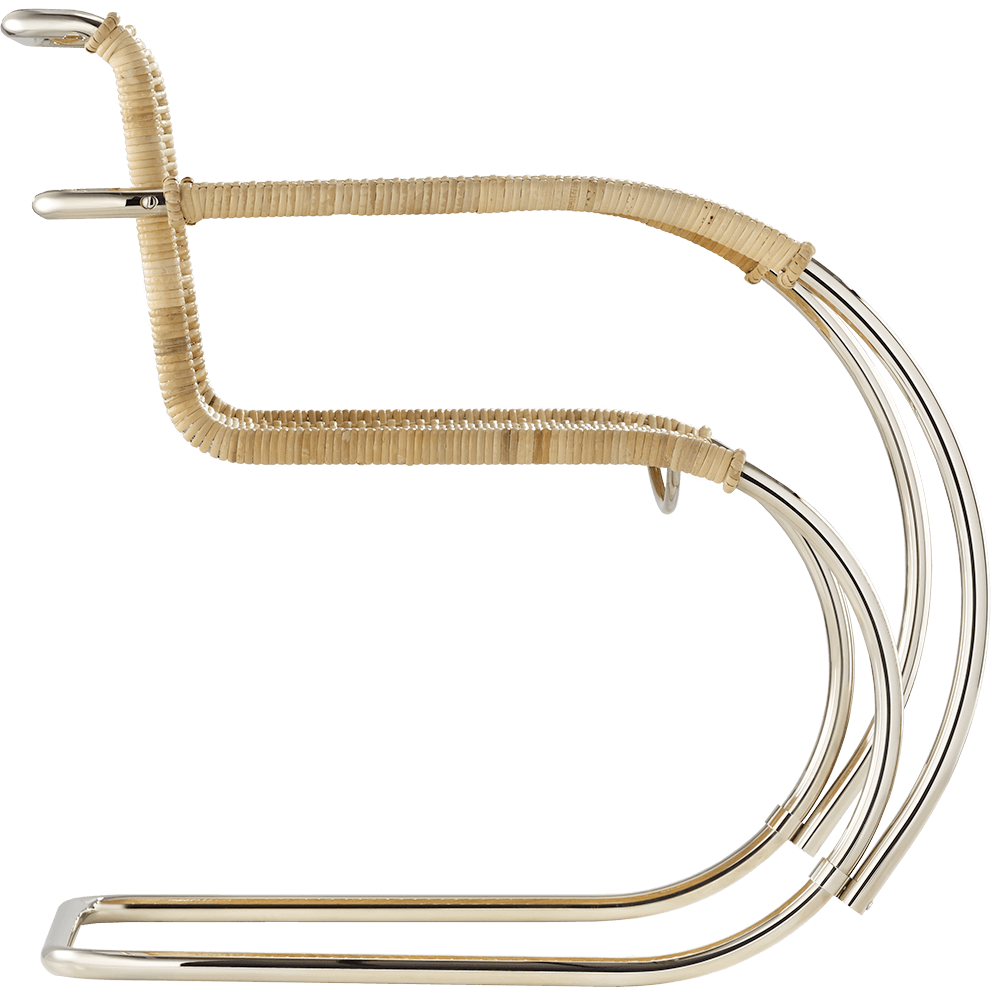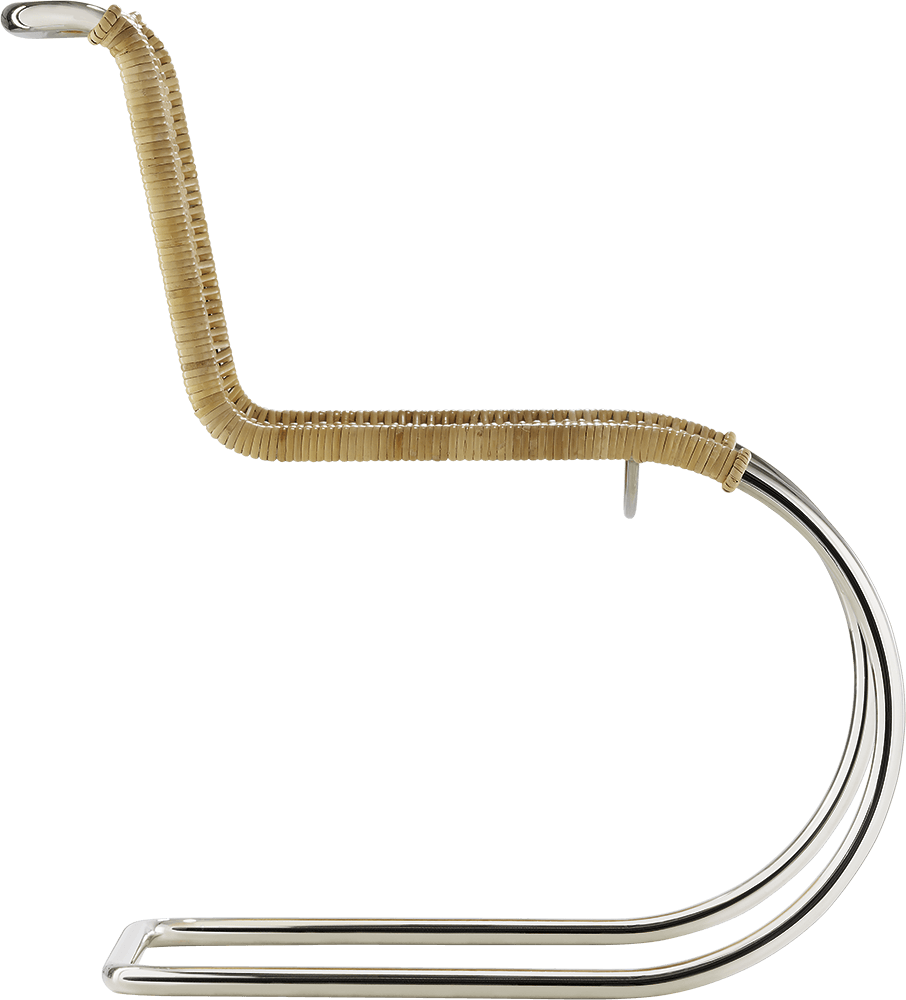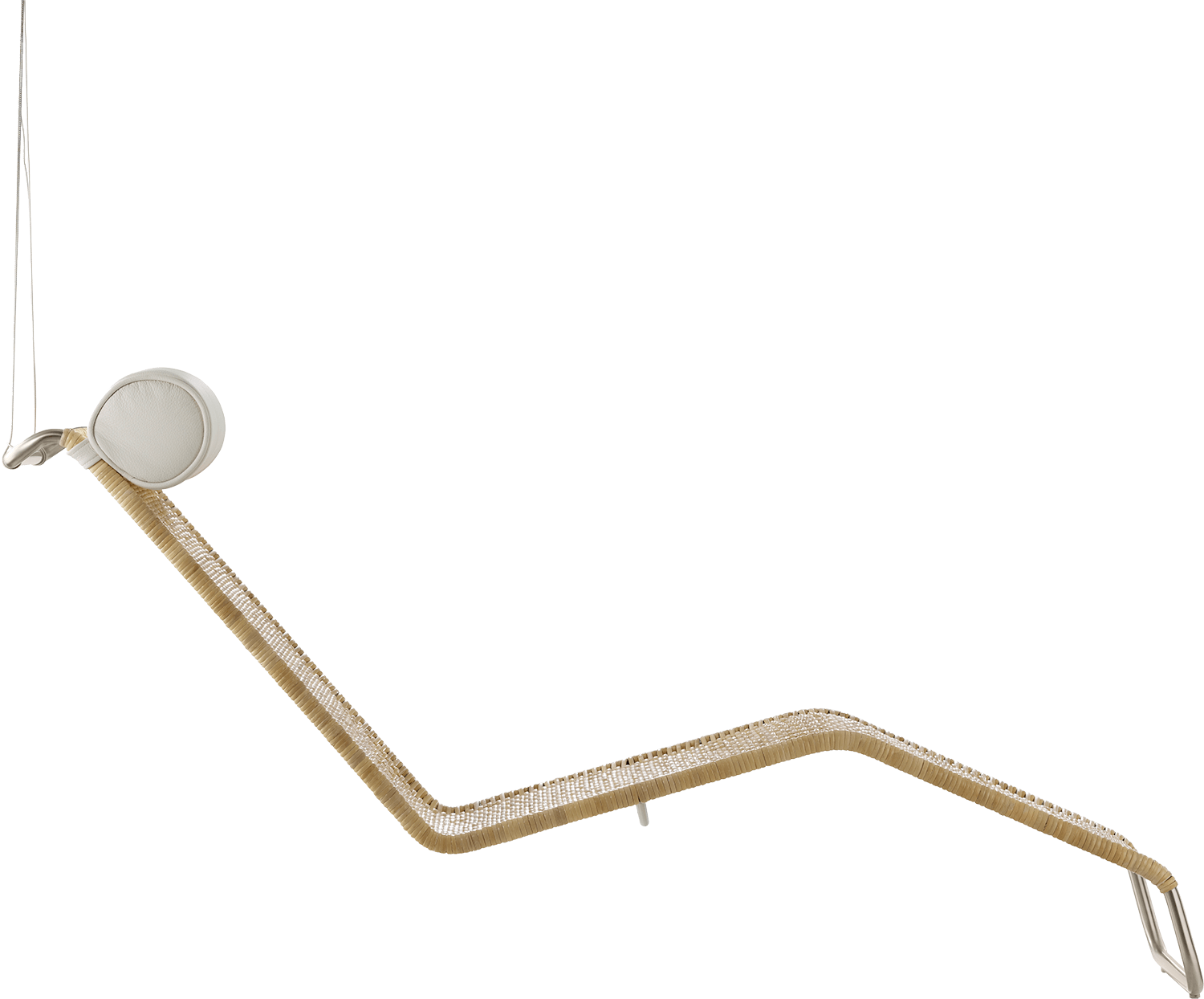Ludwig Mies van der Rohe
Master of the beautiful form. Born in 1886, as the son of a Catholic stonemason family in Aachen, he is still considered one of the most important architects of modernism today. With a single brushstroke he could make buildings fly and design oscillating furniture. The man who designed the famous Barcelona Pavilion and Villa Tugendhat in Brno, liked to take a midday nap. And Mies van der Rohe’s favourite place for this was his bathroom. This was reported by his contemporary Sergius Ruegenberg, the right hand of Ludwig Mies van der Rohe, the unrivalled master architect.
+ read more
- einklappen
“The art of building is man’s spatial dialogue with his environment and demonstrates how he asserts himself therein and how he masters it,” said Ludwig Mies van der Rohe.
To this day, his understanding of architecture is reflected by his ground-breaking buildings and furniture. “The Miesian city is implicit in the Miesian chair,” commented Peter Smithson.
In 1921, Mies van der Rohe submitted a visionary, but ultimately rejected, design to a skyscraper competition for Friedrichstraße in Berlin, which proposed an almost all-glass façade and was the first testimony to his later “skin and bone” architecture. In 1924 Ludwig Mies van der Rohe followed the invitation to join the Deutscher Werkbund (German Association of Craftsmen). Later, as Vice President, he organised the 1927 Werkbund housing exhibition in Stuttgart, for which the Weißenhof estate was built. He completed one of his most famous buildings, Villa Tugendhat in Brno, Czech Republic, in 1930. That same year he finished work on Haus Lange and Haus Esters, for which he also designed the F42E and F42-1E lounge chairs.
After collaborating on the seat of the Weißenhof chair in 1926, Ludwig Mies van der Rohe continued to work with interior designer Lilly Reich two years later. Following the success of the Stuttgart Werkbund Exhibition, they became the artistic directors of the German section of the World Exhibition in Barcelona. There Mies van der Rohe built the famous Barcelona Pavilion.
In 1930 Ludwig Mies van der Rohe was appointed director of the Bauhaus in Dessau. Under the Nazi regime he experienced a time full of painful compromises, leading to the Bauhaus’ closure on 10 August 1933. Eventually, Mies van der Rohe emigrated to the United States, where he built the world-famous Farnsworth House in 1951, followed by the Seagram Building in New York in 1958. Ludwig Mies van der Rohe died in Chicago in 1969, as one of the unequalled architects of modernism.


